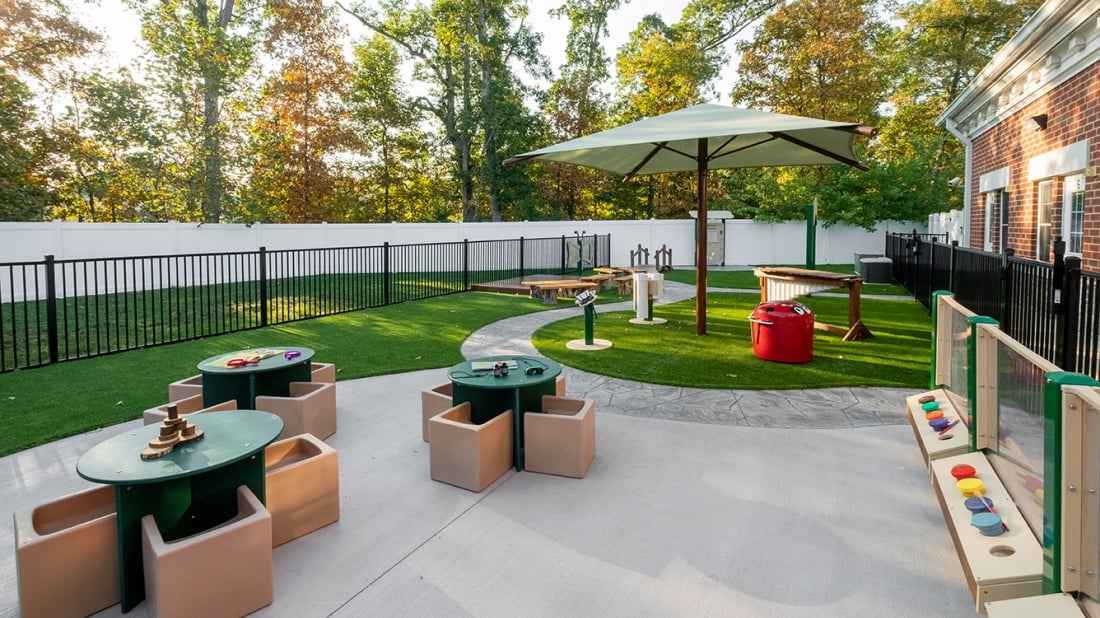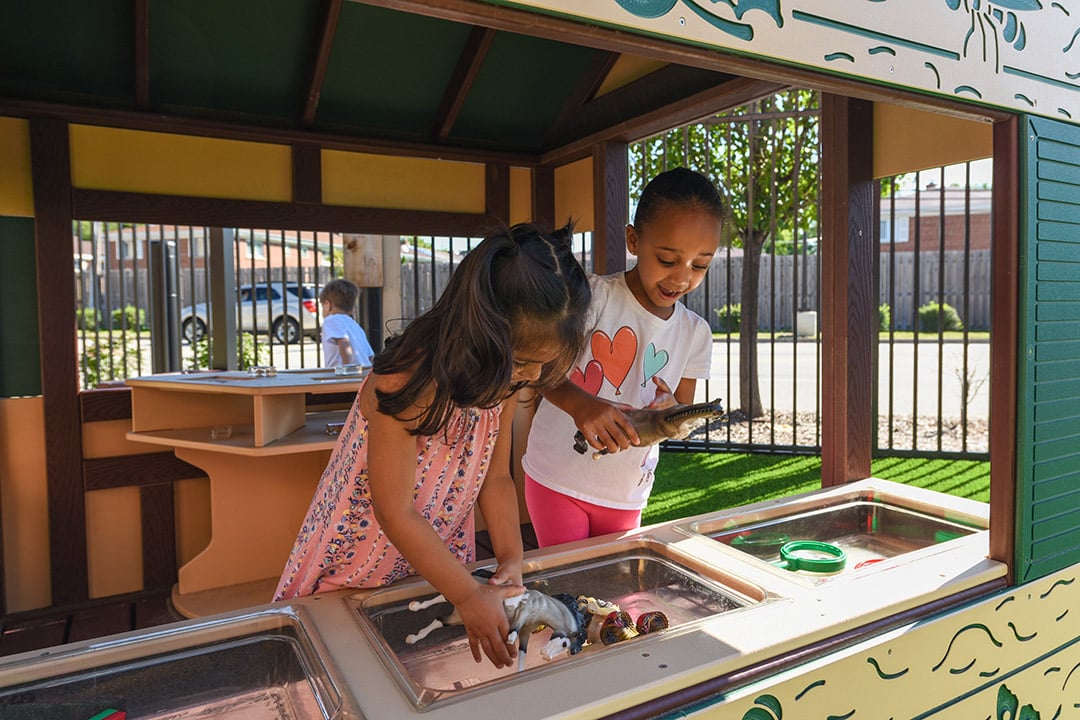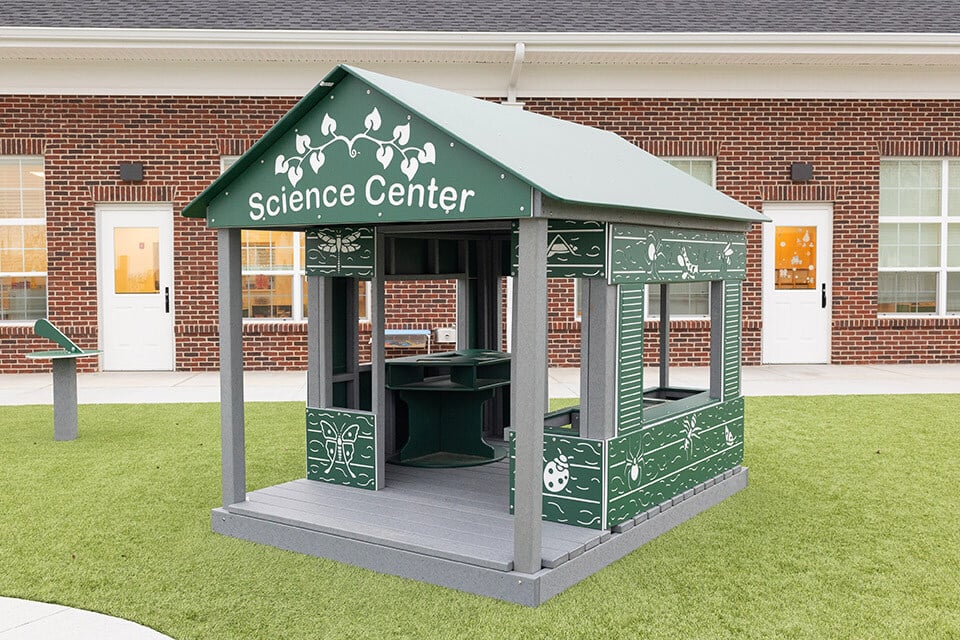We're dedicated to fostering diverse forms of play through our educational play environments. These encompass key categories of play such as physical, dramatic, sensory, nature, music, art, and age-appropriate play. These varied play experiences are essential for children as they actively contribute to the promotion of meaningful learning opportunities, aiding in the development of language, motor skills, social interactions, emotional intelligence, and cognitive abilities. The positive outcomes of these developmental milestones are visibly reflected in the classroom, resulting in enhanced academic performance and increased concentration levels.
- Physical Play
Movement play, primarily found in physical play, helps to strengthen the body and develop gross motor skills. Physical play also allows for learning opportunities in adaptability, flexibility, and resistance. Physical play allows for children to reach important developmental milestones as they age including hand-eye coordination, muscle development, climbing, body position, coordination, balance, and fine and gross motor skills. - Dramatic Play
Prepare the groundwork for dramatic play by motivating and sparking children's imaginations to engage in storytelling and collaborative narrative creation. Through this process, they can better understand their environment while honing essential skills in communication, sharing, creativity, and emotional growth. Although "pretend play" may appear insignificant, it constitutes a vital component of a child's daily educational regimen. Dramatic play offers children a valuable arena to process emotions, acquire crucial social skills, and develop expressive language. The impact of this is evident in the classroom, as research indicates a noteworthy link between dramatic play and improved literacy and reading proficiency. - Sensory Play
From infants and toddlers to school-agers, children develop important sensory abilities including sight, smell, touch, hearing, and taste as they play. No matter if it's dramatic, physical, musical, or nature play, all forms of play include sensory input. It’s important to provide your play environment with a diversity of play equipment to help children explore their different sensory skills. For example, a sand and water table provides children with tactile, auditory, kinesthetic, and visual learning opportunities as they explore the qualities and attributes of liquids and solids. - Nature Play
Nature play gives children the opportunity to explore and understand nature. From watching worms in the soil to balancing on a log, nature play is child-initiated and child-directed. Research shows that children benefit greatly from daily connections with nature. Just like a classroom is carefully prepared by a teacher for learning, an outdoor play environment can be carefully designed, beckoning the child’s innate desire to learn and explore. From the entrance and pathways to the choice of play equipment, each element can be purposely selected and placed in a cohesive design that allows for multiple opportunities of learning. - Music & Art Play
Encouraging children to engage in creative activities, be it through music or artistic expression, enables them to tap into their innate playfulness, creativity, and innovative inclinations. Fostering a child's ability to express and nurture their creativity holds paramount significance for their overall growth and development. Art and music play further broaden the avenues through which children can learn and explore their imaginative capabilities within the world. Research underscores the pivotal role of the arts in fostering children's self-expression and nurturing their creativity. Moreover, engagement in art and music play enhances memory and cognitive abilities. Additionally, as children convey the thoughts behind their artistic creations, they naturally expand their vocabulary. - Age-Appropriate Play
It’s important to provide outdoor play opportunities for children that are age-appropriate. Age-appropriate play is central to children’s overall development. It focuses on the developmental ages and the general guidelines for safer, appropriate, and stimulating play equipment. You simply can’t expect a 1-year-old to safely play on climbers for a 4-year-old, much less for a 12-year-old. Age-appropriate play equipment gives children of all ages a fun and safer place to play and learn.


.jpg)
